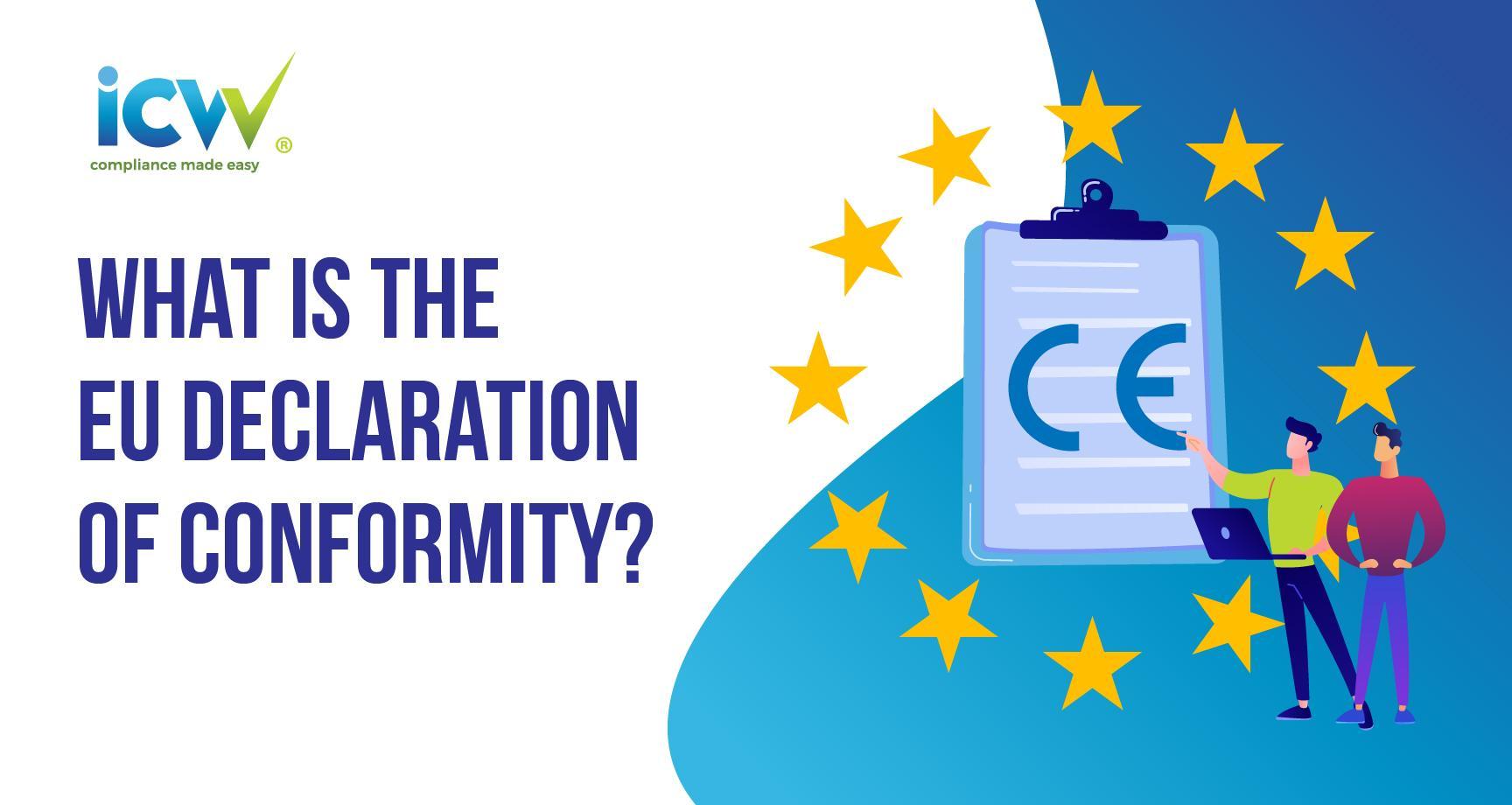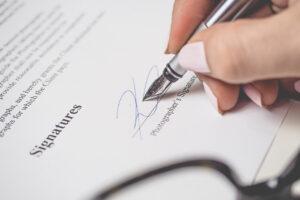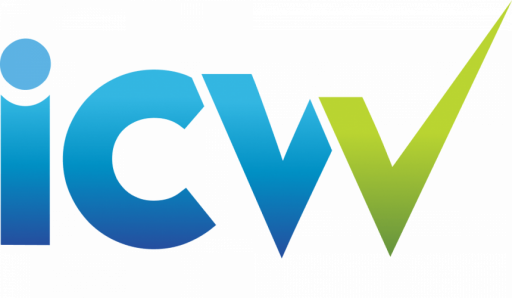1. What is an EU Declaration of Conformity?
An EU declaration of conformity (also called a Declaration of Conformity or DoC) is a mandatory document that you, as a manufacturer, must draw up and sign if you are manufacturing, importing or distributing products intended for use in the EU.
You must first draw up the technical documentation for the product, which includes, supports and justifies the DoC.
There are four main parties — known as Economic Operators — involved in the EU Declaration of Conformity for the trading of products within the EU:
Ø Manufacturer.
Ø Authorized representative (AR).
Ø Importer.
Ø Distributor.
By drawing up and signing the EU Declaration of Conformity, either the manufacturer or their authorized representative (AR) becomes responsible for the product’s CE marking process.
If the manufacturer is based in the EU then the situation is simple. The manufacturer would be responsible for all aspects of compliance. Faulty goods and incorrect paperwork are entirely the manufacturer’s responsibility.
The situation becomes more complex if the manufacturer of the product is based outside of the EU. In this case, the manufacturer would need an AR based in the EU, and importers and distributors would also then have DoC obligations.
An authorized representative is a person (natural or legal) “who has received a written mandate from a manufacturer to act on its behalf in relation to specified tasks”, according to the EU’s Market Surveillance Regulations.
A “natural person” is an identifiable person, whereas a “legal person” is a corporate body such as a limited company.
Note that the appointment of an authorized representative is optional but recommended since it gives the most flexibility. However, manufacturers can also appoint an importer or Fulfilment Service Provider as their Economic Operator within the EU.
According to the EU’s Blue Guide, if an Economic Operator other than the manufacturer places the product on the market under his own name or trademark or modifies them, he automatically takes over the manufacturer’s responsibilities.
Furthermore, when products are imported from, for example, China, the Economic Operator responsible for first placing the product on the market in the EU — whether under his own name/trademark or not, and is usually the importer — would most likely have to keep a copy of the DoC for 10 years after the goods have been placed on the market.
The EU’s New Legislative Framework (NLF) says nothing about the relationship between an importer and the manufacturer’s AR but the primary function of an AR is to act as a contact point through which the market surveillance authorities (MSA) can obtain the technical documentation for the goods from the manufacturer.
Distributors also have DoC obligations, mainly in regards to ensuring that goods bear CE marking and comply with all requirements, among others.
By signing the EU Declaration of Conformity, you declare that your products comply with European legal safety requirements. You also declare that you are fully responsible for ensuring that your product complies with the applicable EU legislation.
This article will go through why you would need an EU declaration of Conformity, how you prepare it and the obligations of each party involved in the selling and marketing of a product in the EU.
If you have any questions regarding the EU Declaration of Conformity, you can always contact us.

2.Which products need an EU Declaration of conformity (DoC)?
The EU Declaration of Conformity is required, among other things, to trade and market a product within the European Union.
An EU Declaration of Conformity is required for 25 product groups, including:
Ø Toys.
Ø Electronic products.
Ø Personal protection equipment (PPE).
Ø Medical devices.
Ø Machinery.
Ø Pyrotechnic products.
Ø Measuring instruments.
If several CE marking directives and regulations apply to one product, the manufacturer or the Authorised Representative must issue one single DoC which lists them all.
Several models of one product can be also covered with one DoC if there are no functional differences between them but only visual differences (color, size, etc.). When there are functional differences, several DoCs are required.
For some regulations, such as the Radio Equipment Directive (RED), the EU Declaration of Conformity or a simplified version must be added to every single item. When you choose to use a simplified version there must also be a hyperlink included to the full version of the EU Declaration of Conformity.
3. How do you prepare the EU Declaration of Conformity (DoC)?
You must first prepare the technical file/documentation, which includes, justifies and supports the DoC.
It provides information on the design, manufacture and operation of the product concerned. It must also have all the details required to demonstrate that the product conforms to EU standards.
According to Your Europe, the technical documentation must include, among other items:
Ø The name and full address of your company or any AR.
Ø A brief description of the product.
Ø Identification of the product, for example, the serial number.
Ø The EU Declaration of Conformity.
This technical documentation must be prepared before placing a product on the market and made available to the market surveillance authorities — when requested — as soon as the product is placed on the market.
Furthermore, the manufacturer must keep the technical documentation for 10 years after the product has been placed on the market.
As part of the process of preparing the technical documentation, the manufacturer has a responsibility to draw up and sign the EU Declaration of Conformity.
The Declaration should contain the following information:
Ø The name and full address of your company or any authorised representative.
Ø The serial number, model or type designation of the product.
Ø A statement that you bear full responsibility.
Ø Means of identifying the product so that it can be traced, which may include a picture.
Ø The details of the notified body that carried out the conformity assessment procedure (if applicable).
Ø The regulations that apply to the product, and the harmonised standards that the product complies to.
Ø Your name, position and signature.
Ø The date the declaration was made.
Ø Additional information such as tested quality standards (if applicable).
The EU Declaration of Conformity must be available in the language(s) required in the EU countries where your product is sold. For example, if this is the Netherlands, the EU Declaration of Conformity must be translated into Dutch. The technical documentation may also have to be translated if requested by the market surveillance authorities (MSA).
4. Each party's obligations regarding the EU Delaration of Conformity (DoC)

A. Manufacturer’s obligation
The obligations of manufacturers based in the EU regarding the EU Single Market’s product safety legislation are well-established. Such manufacturers are responsible for all aspects of compliance in the European Union. Faulty goods or incorrect paperwork are then entirely the manufacturer’s responsibility if the Market Surveillance Authorities (MSA) come knocking.
The situation becomes more complex if the manufacturer of the product is based outside of the EU.
In such a case, the manufacturer needs an authorized representative (AR) within the EU, and importers and distributors will have DoC obligations as well.
Manufacturers themselves will also have a list of obligations to fulfill.
B. Authorized Representative’s obligations
Unlike with the role of the importer, the AR must have a relationship — of which terms must be documented in a mandate — with the manufacturer.
The main function of the AR is to act as a contact point by which the MSA can obtain the technical documentation containing the DoC from the manufacturer.
The mandate given by the manufacturer to the AR may also state that the AR’s name and address are to be marked on the product as the EU-based contact point. There may be other responsibilities as assigned by the manufacturer.
The AR’s details are usually required on the DoC. However, this depends on the product category. It is mandatory for medical devices, for example.
Some NLF directives require either the Manufacturer or the AR to have their name and address on the Declaration, others require both.
ARs have a list of obligations to fulfill.
C. Importer’s obligations
As stated previously, the importer is the first person who places the product on the EU market.
In other words, if the manufacturer is based outside the EU the first person (natural or legal) in the supply chain who is based in the EU automatically become the importer.
The importer doesn’t necessarily need to have a relationship with the manufacturer. They may, for example, purchase the products through an agent or distributor within the manufacturer’s home country.
However, this could lead to problems later on as they may find it impossible to deliver all of the information required of them by the MSA.
Importers also have a list of obligations to fulfill, for example, they need to ensure the product complies with all regulations and that the technical documentation is correct and available.
Importers do not need to draw up the DoC themselves unless they sell the product under their own brand name.
D. Distributor’s obligations
Distributors have to fulfill certain obligations, including but not limited to verifying that the product concerned bears CE marking, ensuring the name and address of the manufacturer or their AR is on the goods and responding to requests for information or co-operation from MSA.
Distributors do not need to draw up the DoC themselves unless they sell the product under their own brand name.
E. Your declaration of conformity (DoC) with ICW
ICW offers a Quality Management and Analytics System (QMAS) for companies within the retail sector. We guide companies through the entire process of technical product documentation, advise on product requirements at an international level, offer competitive prices and provide supervision of testing at laboratories and pre-shipment inspections.
ICW also helps to ensure that your products meet legal requirements and to create the EU Declaration of Conformity.
With our QMAS system, you can see at a glance our advice for your products and which requirements the product has to meet. QMAS offers the possibility to fulfill these requirements at laboratories at very competitive rates.
You can also generate your EU Declaration of Conformity in all applicable languages.
At ICW, we guide you through the entire process of drawing up and signing the EU Declaration of Conformity efficiently and qualitatively.
